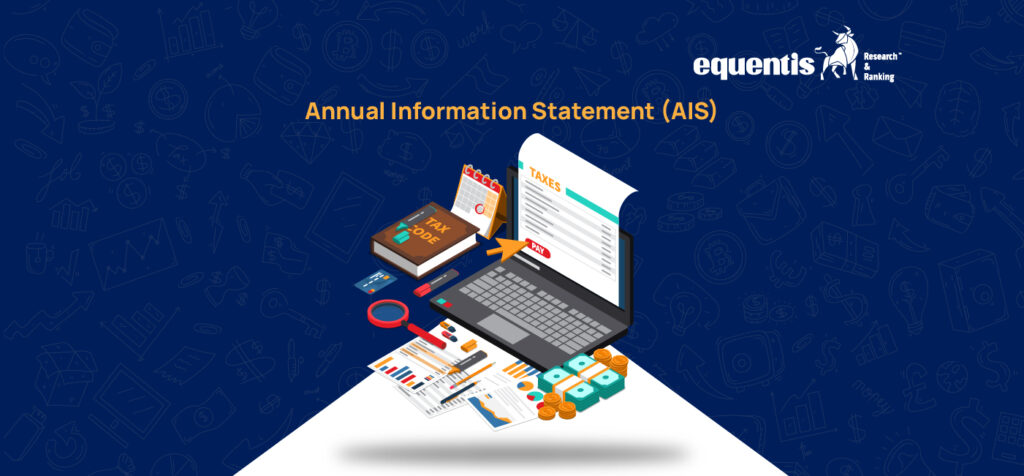The Annual Information Statement (AIS) in India is a robust tax document that consolidates financial and tax-related transactions, enhancing transparency for ITR filing. Understanding AIS is crucial for individuals and businesses. What is it, and how does it simplify compliance? Let’s break it down.
What Is the Annual Information Statement (AIS)?
The Annual Information Statement (AIS) is essentially a digital tax statement. It shows detailed data about a taxpayer’s financial transactions, including income, investments, and tax deductions. Introduced to improve transparency and tax compliance, AIS goes beyond the traditional Form 26AS. While Form 26AS includes TDS and TCS details, AIS captures dividends, interest, securities transactions, and more.
For salaried individuals, investors, and small business owners, understanding AIS is crucial for accurate tax filing. Moreover, with India’s growing focus on digital tax administration, AIS plays a vital role in simplifying compliance and reducing errors.
Why AIS Matters:
For Indian taxpayers, the Annual Information Statement (AIS) plays a vital role in reducing tax mismatches and penalties. It ensures better financial planning and tax accuracy. Here’s why AIS matters:
- Detects Discrepancies: If your income sources aren’t disclosed properly, AIS highlights the mismatch.
- Eases Filing: AIS simplifies the income tax return (ITR) process by summarizing your earnings and deductions.
- Promotes Transparency: It gives a complete view of high-value transactions like share trading or property purchases.
For example, if you received ₹1.5 lakh as dividends and forgot to declare it in your ITR, AIS will reflect this data, allowing you to amend your return. For small business owners and freelancers, AIS also captures contract payments or online platform income.
Key Components of the AIS:
The Annual Information Statement includes various data categories:
- TDS and TCS Details: This section matches what’s available in Form 26AS and includes tax deducted by employers, banks, and others.
- SFT (Specified Financial Transactions): These are high-value transactions reported by institutions, like mutual fund investments over ₹10 lakh or credit card payments above ₹1 lakh.
- Taxpayer Information Summary (TIS): This section provides an aggregate summary to help users understand total reported income and taxes.
- Other Data Sources: It captures data from banks, stock exchanges, and other reporting entities. For example, interest income from fixed deposits is auto-recorded here.
Common Issues:
Often taxpayers spot unexpected entries or missing data in AIS. However, resolving these issues is straightforward:
- If AIS shows interest not in Form 26AS, file a correction request or approach your bank directly.
- For salary mismatch, contact your employer’s finance team.
- If mutual fund data is incorrect, check CAMS/KFin records and request reassessment.
Therefore, always review AIS well before filing your ITR. Timely action avoids notices later and enhances tax compliance.
Conclusion:
Annual Information Statement (AIS) in India ensures transparent tax compliance, minimizing errors and penalties, but demands proactive review. Whether you’re an investor, salaried employee, or entrepreneur, understanding and using AIS effectively can protect you from compliance issues. Ready to file your ITR? Explore more tax insights now!
– Ketaki Dandekar (Team Arthology)
Read more about Annual Information Statement (AIS) here – https://cleartax.in/ais
